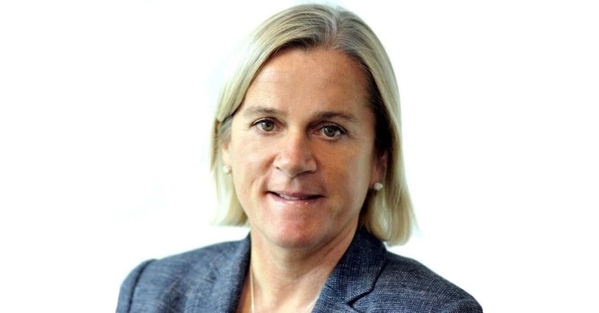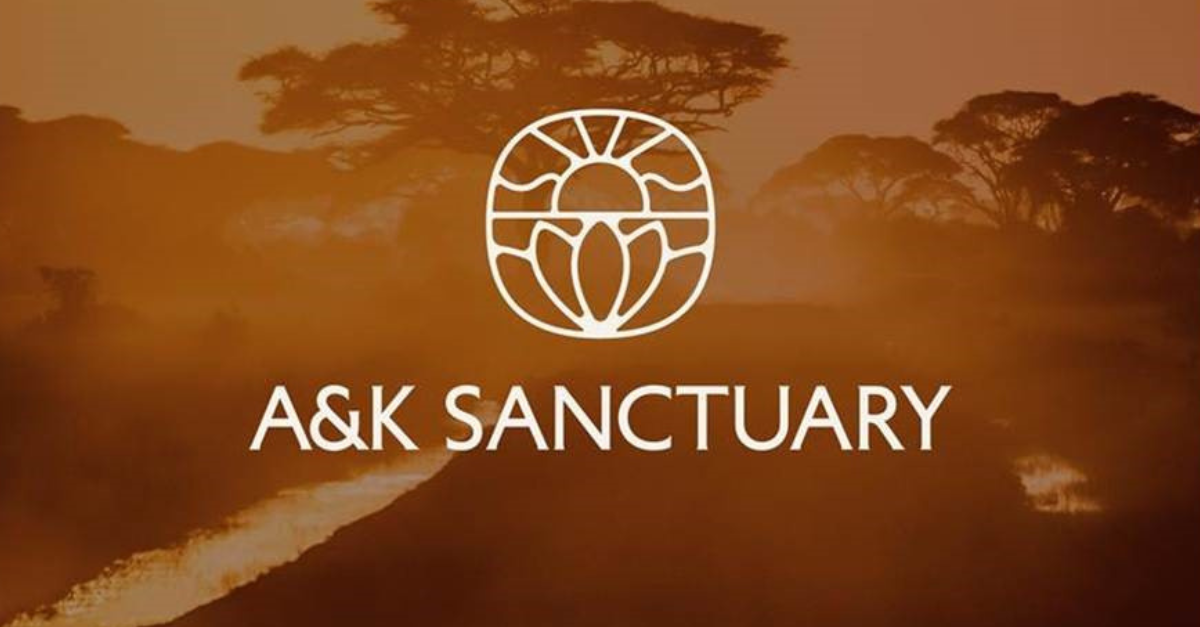Gen Z and Millennials spearhead surge in AI travel planning
The use of AI for travel planning has nearly doubled this year, compared to 2024, led by Gen Z and Millennials, according to new research.
The adoption of AI rose from 10% last year to 18% in 2025, as travellers increasingly use the technology to find better deals and plan trips away from peak months and crowded locations.
Marketers consider those currently aged 13 to 28 as Generation Z, while those aged 29 to 44 are Millennials.
The findings from to the European Travel Commission’s latest quarterly report show that usage is highest in China (40%), followed by the US (27%).
Its report noted: “With online travel agencies (OTAs) now integrating AI-powered assistants, the influence of these tools is expected to expand further.
“For destinations, AI presents new opportunities to reach younger audiences, promote shoulder-season travel, and offer more personalised visitor experiences.”
More: Hays Travel prepares to introduce upgraded iSell system
Agents must be ‘more proactive and consultative than ever’ amid rise of AI
The study found that international arrivals to Europe rose 3% year-on-year in the first three quarters of 2025, while overnight arrivals increased by 2.7%.
In Europe, travel expenditure is projected to account for 3.1% of total consumer spending, exceeding both last year’s share and the 2010–2019 average.
And total visitor spending is forecast to grow by 9.9% in 2025, “underscoring Europe’s enduring appeal and the resilience of consumer demand” said the study.
However, it noted weather events and capacity constraints again affected many travellers this summer and featured prominently in online discussions about travel in Europe.
Findings from the report indicate that some travellers are now reconsidering when they travel: 28% from eight key source markets plan to shift their trips to different months over the next two years, mainly to avoid crowds, save money, and escape extreme heat.
Value for money remains a primary driver of travel demand in Europe and prices are still well above pre-pandemic levels, added the report.
“This has intensified competition among destinations and encouraged travellers to look for affordable alternatives that offer similar experiences,” it said.
“Central and Eastern European countries such as Poland, Hungary, and Slovenia have benefited most from this trend, attracting visitors drawn by both quality and affordability.”
Miguel Sanz, ETC president, noted: “This summer once again confirmed a strong appetite for travel to and within Europe, even amid higher costs and shifting conditions.
“Travellers are becoming more selective, seeking value, comfort and authenticity, while using new tools like AI to plan smarter journeys.
“The continued recovery from Asia and stable demand from the United States highlight Europe’s enduring global appeal.”


















